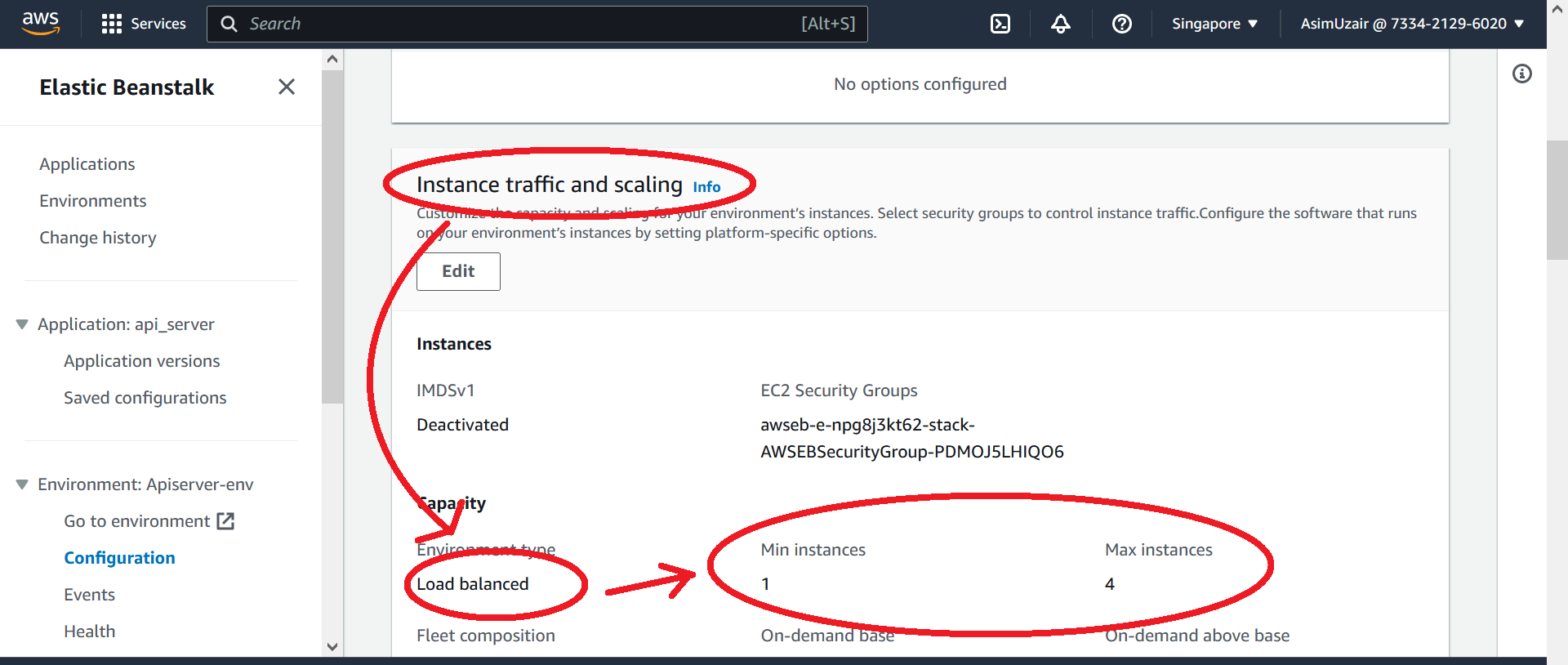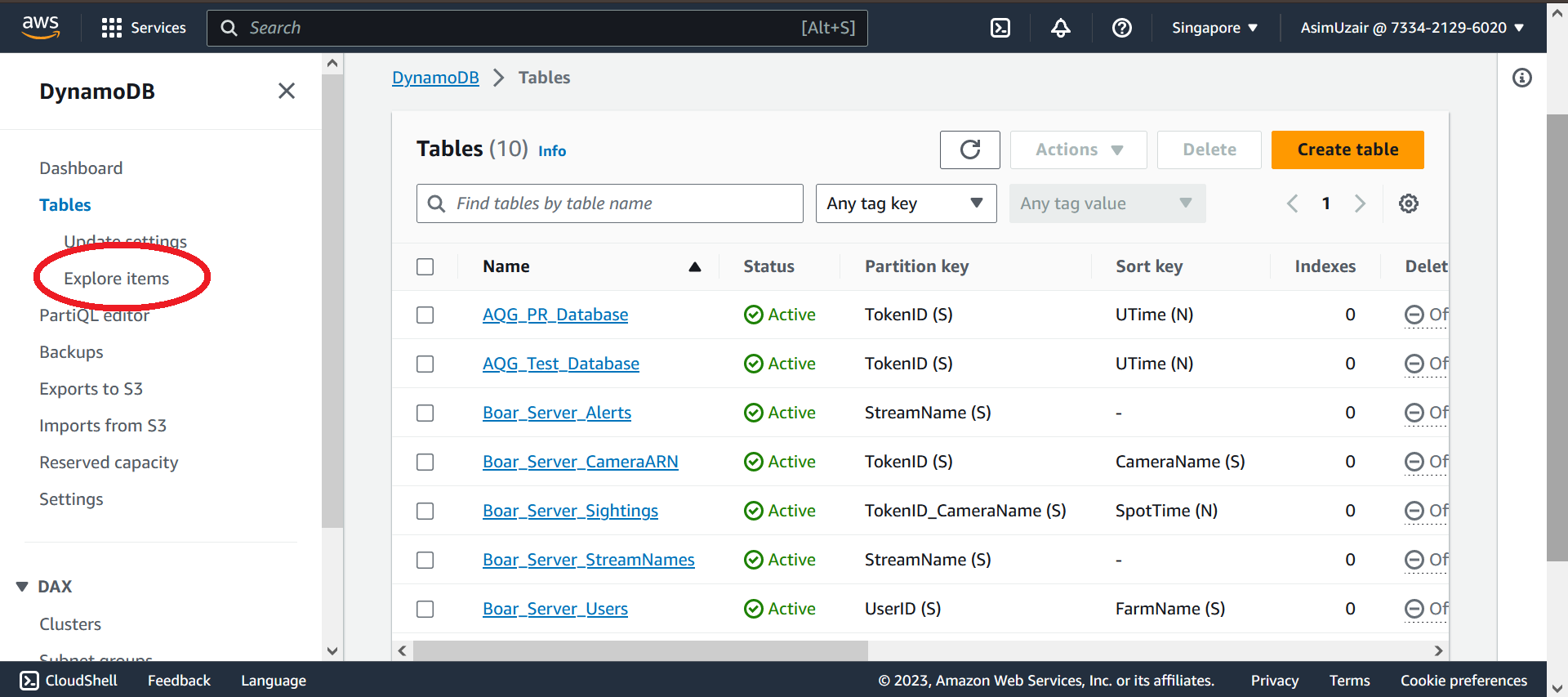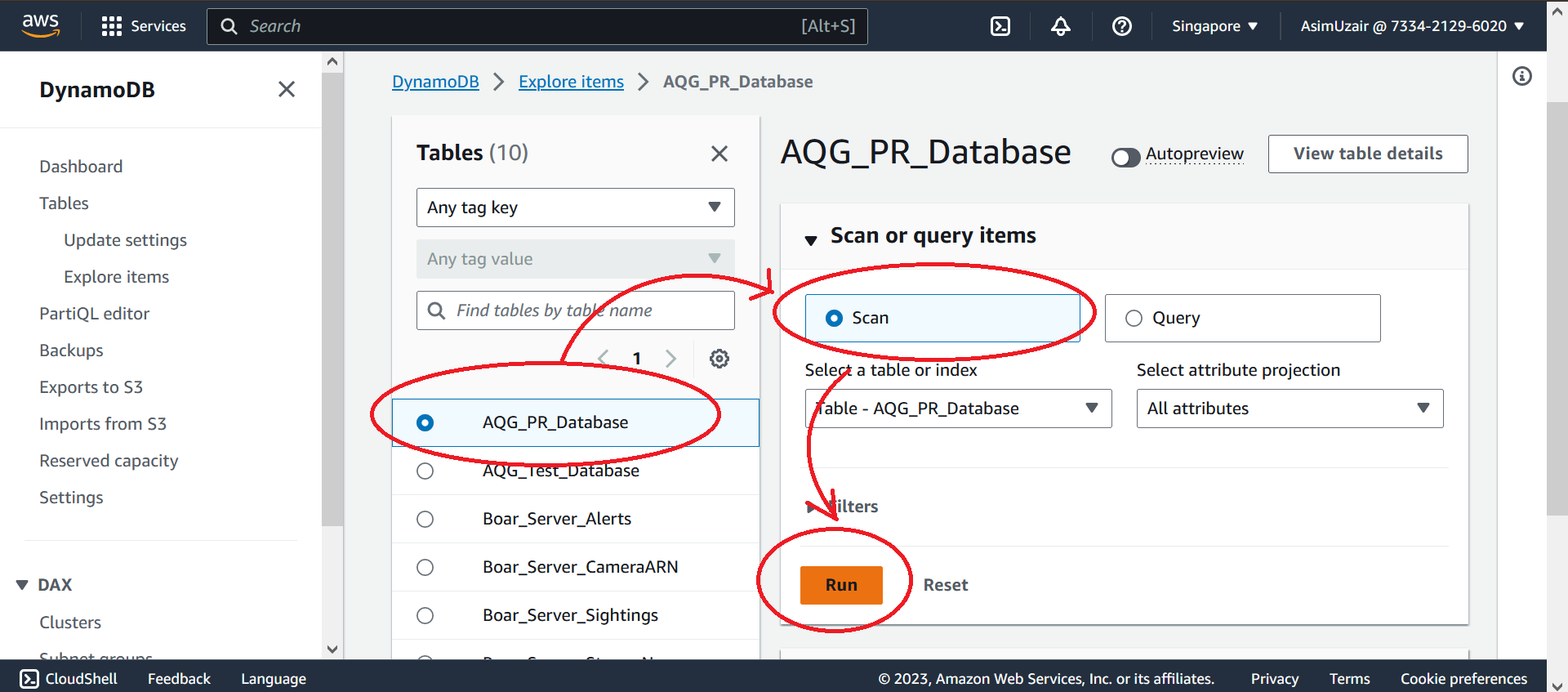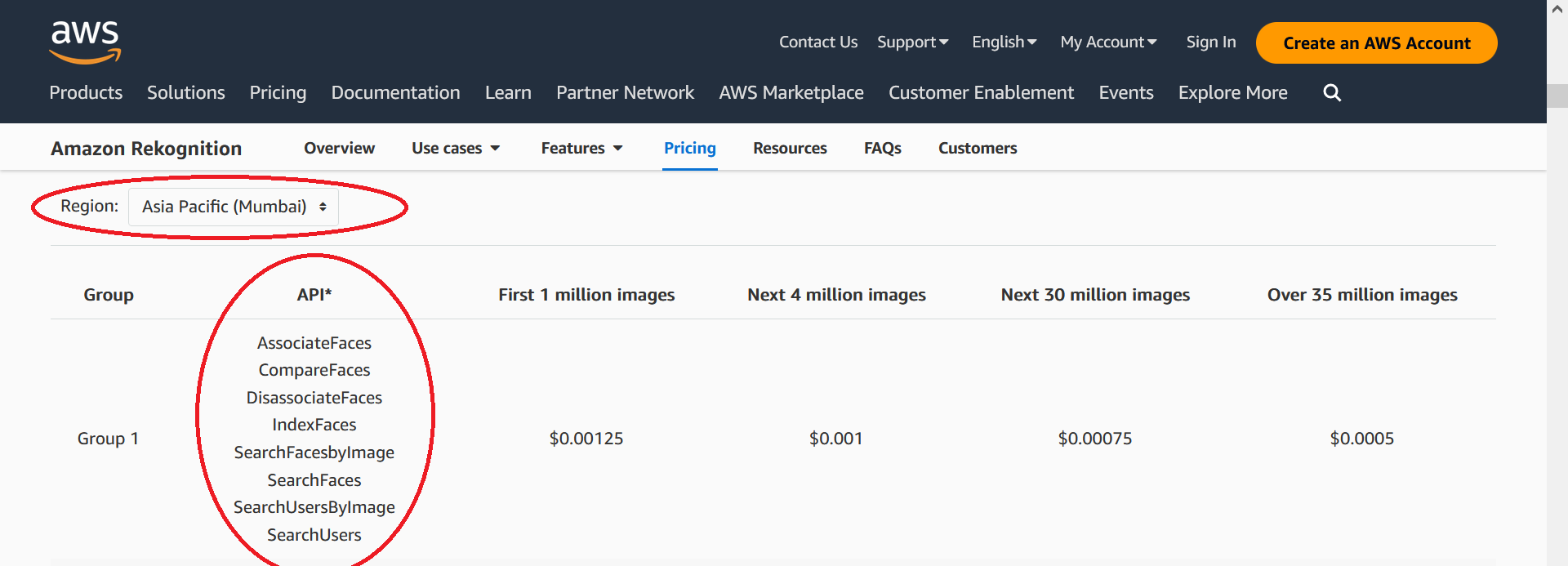I will try to list out all the services used, and try to draw out how each component is connected. By: Uzair
Used to host servers. Servers are Node Js apps which make use of other AWS services (e.g. S3) no redundant services are kept on the Node Js app.
- Apiserver-env
Handles the Boar Detection Server - Crayfishbackend-env
Handles the Crayfish Backend Server
-> Tips
Set the balanced load to 0, 0 to turn off the server and save cost.


The most expensive service being used in our projects.
I currently use this service to create simulators of Raspberry Pi and Orange Pi boards.
This service is also used by the Elastic Beanstalk to host our Node Js app.
-> Tips
Turning off the Elastic Beanstalk will also turn off the EC2 and save on costs when not in use.
Deleting the Elastic Beanstalk environment will also delete the EC2 instance.

CodePipeline is a developer tool to help link our GitHub repository to our deployment on AWS.
We use this to deploy our code from GitHub to Elastic Beanstalk (This ability is inbuilt for AWS Amplify, thus we only use this service for Elastic Beanstalk ).
Other deployment methods existed (Such as using EB cli) but this provides a GUI for diagnostics.
AWS Lambda allows small code to be triggered on events.
Originally we used these when we wanted to scrape the IAQ API on Tokyo (All Tokyo code and apps have been moved to Hong Kong).
Their current use is:
- Handling MQTT Response and Messages (Reads Message and Writes to DynamoDB database)
- Sending KVS images to Rekognition for Boar Detection. (Watches S3 for KVS submission and takes the image from S3 to Rekognition for analysis)
KVS (Kinesis Video Streams) is used to receive video feeds from IoT devices.
We have two methods of analysing KVS videos using Rekognition:
- Save KVS images in S3 and have a Lambda function feed the Images to Rekognition.
- Send stream directly to Rekognition
We picked option 1 for the boar project because it allowed for better response time and handling when triggered.
--> Tips
You can use Paul Shiners' videos on Youtube Link1, Link2 to handle the KVS setup.
DynamoDB holds all our Databases (called "tables") we can access the elements in the tables by using a unique "Partition key" and "Sort Key".
DynamoDB cannot handle transactions larger than 1MB so we have to implement multiple reads when reading large data.
--> Tips
When working with DynamoDB we can see the contents of the table using "Explore Table"


We do not use this service directly, we can only access it through AWS Lambda.
This is used to apply Computer Vision to Images and Videos.
--> Tips
We can observe which services are available in certain locations by checking the pricings. E.g, At the time of writing Mumbai, does not have Custom Lable or Label Detection features.

S3 is used to store Images from KVS Boar, and KVS Temi.
These Images are then accessed when reviewing screen captures.
Is used to send SMS and Email notifications. It can also replace Lambda in use for sending HTTP triggers.
Currently used by Boar Project.
IoT things (Raspberry Pi and Orange Pi) are registered and allowed allowed access to KVS.
IoT Rules allow assigning a Lambda Function to receive and handle MQTT messages.

